Executive Facilitation
Part 5: Use the Emerson difference as inspiration for your sessions.
The team at Emerson Human Capital have constructed and facilitated thousands of executive sessions. In this time we think we’ve learned a thing or two. Here’s how we do executive facilitation differently.
We say the thing.
Before the session, we uncover big issues and potential effects of the decisions coming out of the session. The first step is a conversation with the sponsor or lead executive. We ask things like, “If this meeting goes sideways, why might that happen? Personalities? Politics? Sensitive initiatives? What will the consequences be? This gets us ready to address any elephants that might wander into the room.
Before the session, we uncover big issues and potential effects of the decisions coming out of the session.
Then, as we conduct the session, we set up discussions and activities to remove obstacles and get the tough decisions made. We remind participants that they are the leaders of the organization, and if it were easy, anyone could do it. They won’t be successful unless they lean in and get through the hard stuff.
We make them better decision-makers.
Whenever possible, we combine team effectiveness and business strategy. While execs are together, why not get better at moving the ball forward? Synergy is the word. Sometimes, what comes between a leadership team and its business goals isn’t about facts and figures, it’s about emotional attachment to ideas, or bad team dynamics.
We design on the fly.
If you keep your eye on the prize, and your current agenda isn’t moving it closer, what do you do? You recalibrate and shift, live.
Nothing is more important than getting the group to its outcomes
As facilitators, we take in the vibe, synthesize what we’re getting from the group, and reassess the trajectory of the session Many times, we have redesigned an agenda or activities on a lunch break or after day one of a two-day session. Nothing is more important than getting the group to its outcomes – certainly not our precious agenda and pretty slides. We’re happy to revise them or ditch them and go to the whiteboard to get the right work done.
We don’t deliver a lecture.
A facilitator is not a presenter. He or she facilitates the group’s work. Our job is to manage the process, offer concepts and information, set up scenarios, facilitate discussion and work, get consensus on decisions, and prepare the team for the next steps.
We facilitate in the context of change.
Every executive working session is intended to make a difference, so we view it through the lens of change. We don’t see the working session as an event, but as part of a change process. So, as we plan the session, we plot a course by asking key questions: What Is the ultimate business result we need? What has to happen before, during, and after the session to make sure we get to that goal? And how do we make those results sustainable? Once we answer those questions, we conduct the session. We show participants the whole journey. We make sure we get the outcomes we intend out of the session. Then we define next steps, responsibilities, milestones, and metrics.
We bring our change experience into the room.
We’re not facilitators who happen to know something about organizational change. We’re change practitioners with decades of experience. That means we bring in real-life examples that illuminate the problem executives are trying to solve. We can also identify pitfalls, in the room, and help the group avoid them. And, of course, we set the group up to make real change from the outcomes of the session.
We’re not facilitators who happen to know something about organizational change. We’re change practitioners with decades of experience.
We use behavioral science to help the session count.
We don’t “deck and dash.” Coming out of the session, we are ready to help executives implement their decisions. We do that with the help of science-based methodology. For example, we create motivation profiles that help each group of stakeholders adopt the change. We use three levers that make change stick: making the change feel familiar, controlled, and successful. And we use the power of the organization’s “early adopters” to create momentum toward the goal.
Put another way, we don’t want to leave our clients with a really expensive three-ring binder. We leave them with real, sustainable change that has business impact. You can use these ideas to improve your outcomes too.
ICYMI: Executive Facilitation Series Part 1, Part 2, Part 3, Part 4 & Part 6




